Starting Computer Science at York
A talk given by Professor Ian C Pyle as part of the Department of Computer Science's 50th anniversary celebrations, 30th June 2022.
Professor of Computer Science, 1973 - 1985
AERE Harwell (UK Atomic Energy Authority), 1958 - 1972
Systems Designers, 1986 - 1993
Aberystwyth University, 1993 - 1996 (now Emeritus)
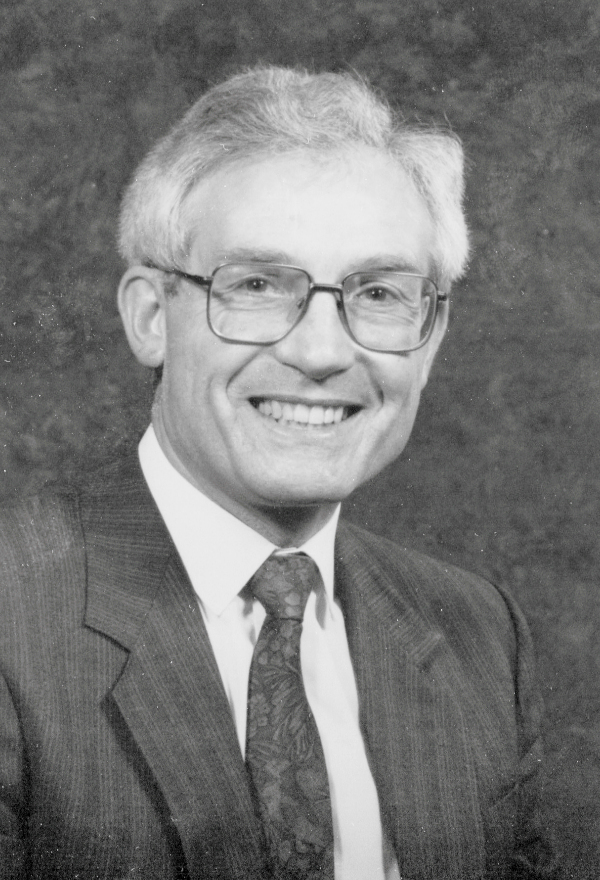
Professor Ian Pyle
I am going to tell you about the origin of the department: how it all started. There are three strands, which join up. The three starting points are York, Harwell and Cambridge, with a fortunate coincidence bringing me to the University of York.
I will speak about them separately first, then explain how they influenced the department.
York (before I came)
The Robbins Report (1963) was the beginning of the first strand. The University of York was planned, with buildings and an initial set of subjects (deliberately broad, to give strong departments), but the visionary founders had no thought of computing.
Computers had been invented at Manchester and Cambridge Universities, but they were then mainly used in commerce and industry, not in education. Computers were large and expensive: no more relevant to a university than slide-rules or lawnmowers.
But Government and Industrial research institutions had found them useful, and the Flowers Report (1965) advised that all universities should have them, with centrally organised procurement and advice for good use. Thus the Computer Board for Universities and Research Councils arranged for York to have a computer, and staff to run it, providing computing power for the whole university, research and administration (but without any mention of teaching).
In 1972, the University realised that this was more than hot-water supply, and decided to create a new chair. Initially this was for “Computational Science” (later mocked as “doing difficult sums”) but unwittingly it was opening the door for the new subject: Computer Science. That was the first strand of my story.
Before this, I had been working in the computing group of Theoretical Physics Division at Harwell (the Atomic Energy Research Establishment) after my PhD in Theoretical Physics at Cambridge.
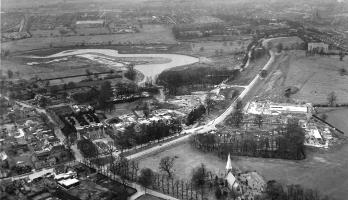
Aerial view of the University of York campus, early 1960s
Cambridge
It was at Cambridge that I had met the first computer, the EDSAC, and its creator Maurice Wilkes, who was my Maths supervisor. Cambridge was the first to teach about computers, with the Diploma course in Numerical Analysis and Automatic Computing. I attended this course, thanks to my friend Norman Sanders, who was doing the diploma course, and enthused me to join the class. But I did not take the exam, so have no formal qualifications in the subject I taught! EDSAC had started working in 1948, roughly 25 years before I came to York: and this department has now existed for twice as long again!
That was the second strand of the story. Next, Harwell.
Harwell
Although the primary objective of AERE Harwell was to do the science and engineering necessary for nuclear power reactors, this entailed a great deal of computing (e.g. studying the partial differential equations of flow for neutrons in a fission reactor and of plasma in a fusion reactor). As a direct consequence, Harwell was at the forefront in the field of computing in the U.K. Harwell had not only traditional “computation” - scientific (or business) calculation of numbers, but also Computer-Aided Measurement And Control (known as CAMAC) of other equipment, in this case scientific experimental apparatus. This was the start of the new “real-time systems” in which interrupts could break into the fetch-execute cycle of a computer, enabling it to interact directly with its environment. (You can’t do that with EDSAC, or a Turing machine!) Such interaction was becoming important in industrial computer systems: factory automation and numerically controlled machine tools, not just scientific laboratories.
This was my third strand, and the major influence on the substance of the department here.
I joined Harwell in the computing group of Theoretical Physics Division, providing support for the scientists and engineers there, with main-frame and small computers: a computing and mathematical service. (Flowers, of the Flowers report, had previously been Head of Theoretical Physics at Harwell!) My experience at Harwell involved programming languages (particularly Fortran), interactive computing, and real-time systems. For several years around 1970, I (with others at Harwell) worked on a large defence project called Linesman (Pyle 2019), which revealed the inadequacy of the programming skills and training that then-current practice had produced. I resolved to improve this situation. I knew that it would be necessary to teach about computers and software engineering for the next generation, to avoid a perennial “software crisis.” The recognition of the potential uses of computers and the current inadequacy of teaching was the vision that Harwell gave me to bring to York. I applied for the York chair: the fortunate coincidence of this story. I had the motivation, the University made the opportunity.
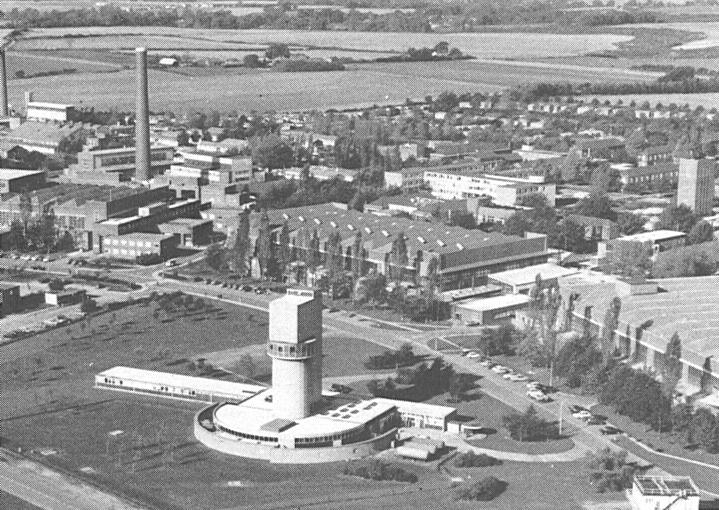
AERE Harwell
York (after my arrival)
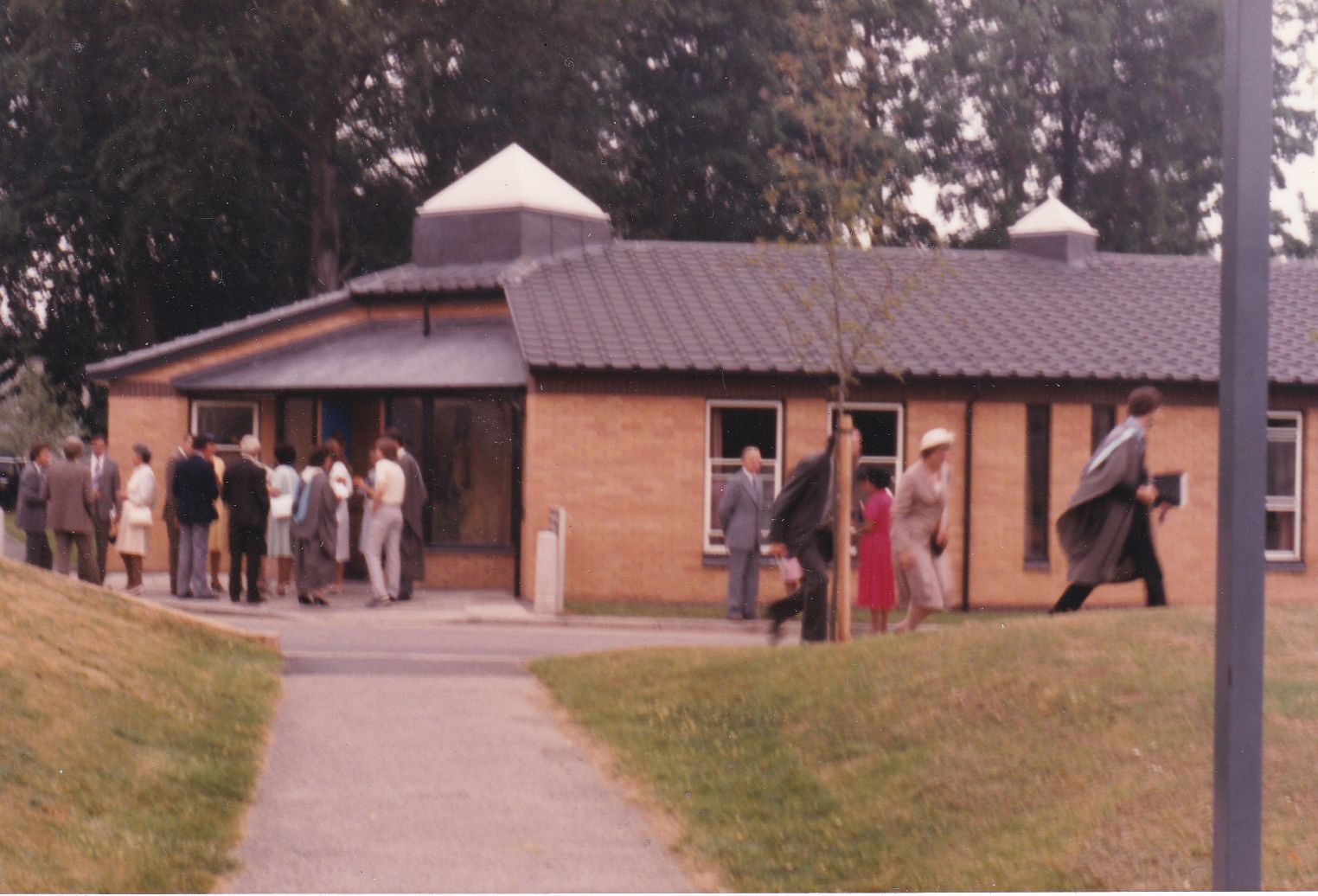
The University appointed me, and changed the name of the chair (at my suggestion) to “Computer Science.” I did not know what I was letting myself in for, and neither (I suspect) did the University! My only experience of a university had been as an undergraduate and then a research student at Cambridge, and I had enjoyed the excellent ethos and management structure at Harwell. It took me several years to establish similar conditions at York.
At the beginning of 1973, I arrived at the Department of Computation (which I struggled to have renamed as Computer Science), staffed by David Burnett-Hall, the late Ian Wand, Bill Freeman, Tony Bullen and John Willmott, as well as office staff and the staff providing the computing service. DGBH had been at Cambridge, and had the Diploma in Numerical Analysis and Automatic Computing: the only person then in the department with any relevant qualification! I will say more about ICW later. ICW and AJW had PhDs, but not in Computer Science (no-one anywhere had then!), WF and TB were qualified by practical experience. Unfortunately, both DGBH and AJW are unable to be here today; I send them good wishes. WF has written comprehensively on the early years of the department, which I have drawn on for this presentation, and for which I am very grateful.
Recognising a significant gap in our technical coverage, I first appointed the late Colin Tully (who died in 2007) to add expertise in data-bases to our existing abilities in numerical analysis and programming.
The department had already started teaching about using computers (as advised by the Flowers Report), initially as a subsidiary subject to Maths (later Biology and Physics, but not Chemistry!). However, to cover the subject properly we needed to expand our scope.
In Computer Science, we recognise information as the central commodity, with rules articulating what can be done with it (science) and methods of applying this understanding for practical benefit (engineering). Information may have meaning.
Computers are the devices that interpret information, using it to store, transform, communicate and process information.
In my view, teaching the subject properly (not just Numerical Analysis and System Analysis) needed attack on three fronts:
- Theory, particularly mathematical logic and formal algebras;
- Hardware, particularly digital electronics, communications and storage media;
- Software, not just programming of all kinds, but due consideration of resource constraints, scale and complexity: real Software Engineering.
We now had the people to flesh out a full degree curriculum. Bill Freeman (2011) wrote a narrative history of the department that tells how Ian Wand, Bill Freeman and Colin Tully constructed a complete set of modules, which we introduced over the next few years. We began with half-subject Computer Science (equal with Maths) then offered the whole subject, and combinations with other subjects as subsidiaries. [Details of degrees offered and awarded are given in the appendix.]
We progressively built up our scholarship, teaching Bachelor’s, Master’s, and Doctor’s degrees with many varieties for specialisation, and increasing class sizes as more space became available. For many degree courses, we included an optional year working in industry.
During this period the department was growing, gradually getting more students, buildings and staff (in that order!). I have this picture of D Block in 1980, when the department got its fourth building. Bill Freeman has written extensively about this period.
National advances
Nationally (somewhat behind the USA and Japan), there was an explosion in information technology, particularly with the government describing 1982 as Information Technology Year (Lord Kenneth Baker), followed by the Alvey Programme 1983- 1987, and the introduction of the World-Wide Web in 1989 . Social media have brought the power of computers to communicate democratically, opening up unfortunate kinds of mis-use and immorality.
These graphs show how our numbers grew (slowly in the first decade, then more rapidly). Notice the difference in vertical scales: initially we were in the hundreds, now we are in thousands!
With advances in Solid-state Physics and Electronics, what had previously needed an air-conditioned room can now be held in your hand. A modern “smart-phone” has more computing power than a million-pound computer of the 1970s. Now, anything made that moves or has moving parts is likely to include computers for control and communication. We carry computers in our pockets and without them we would not have been able to survive the pandemic as well as we did.
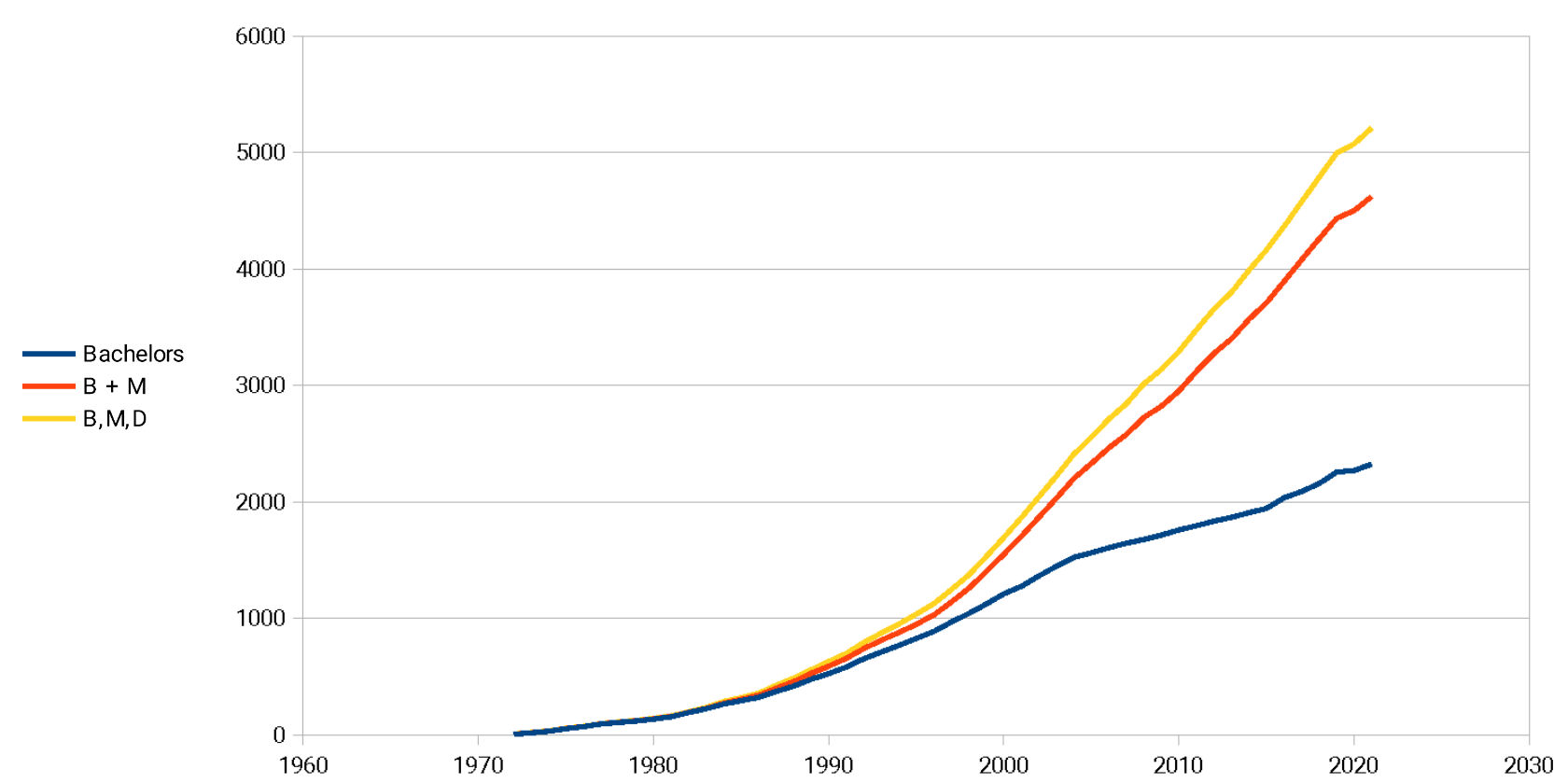
CS Degrees awarded to 2022
Concluding thoughts
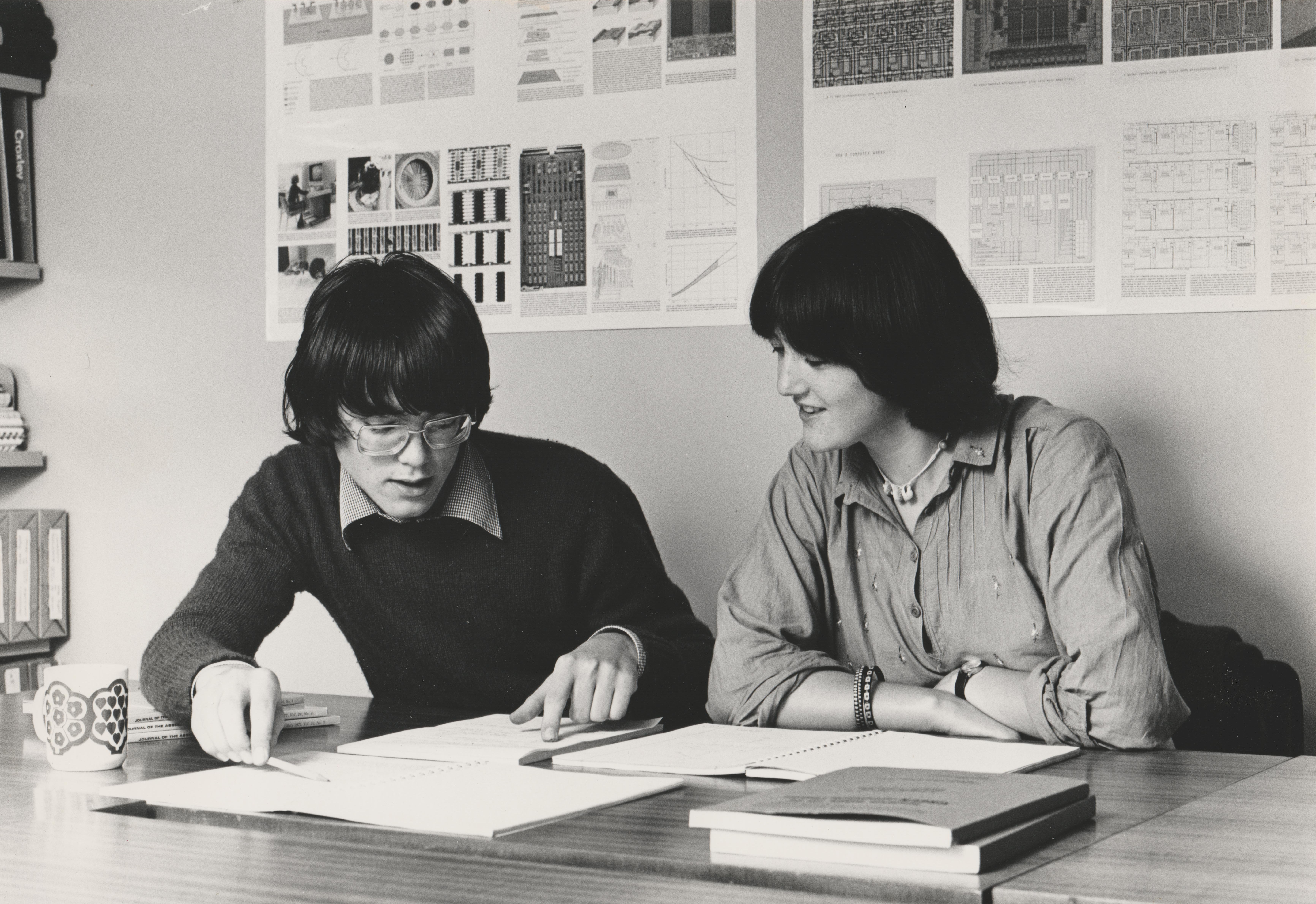
John and Elisabeth Pyle
Now in our 50th year, I am delighted that the department of Computer Science at York is well-respected nationally and internationally, contributing to the subject by its research, and to the profession by its graduates. This has been achieved by the work of everyone involved in the department, to whom I give my sincere thanks. I only sowed the seed, you did the cultivation and harvesting. I estimate that our teaching has brought over 5000 students to achieve the understanding and skills in Computer Science and Software Engineering worthy of a degree from the University of York.
Before I close, I want to use this opportunity to pay tribute to Ian Wand. (There will be more by Alan Burns later.) When the Department was split in 1983 to separate the service and teaching functions, I was confident that Ian Wand would lead the teaching side well, so that I could give all my attention to the Computing Service. He fully justified my decision, being the right person in the right place at the right time: for the next stage of the Department’s development. He was astute and effective in dealing with the politics of the situation and the University administration - much better than I would have been! I am delighted that Helen and their children are here to celebrate our success
I close on a personal note: this has been my family business of which I am proud. In 1978 or 1979, Bill Freeman was preparing an early brochure about the department during the Easter vacation, and needed photos to illustrate it. The Computer Science students were on vacation, so we enlisted two of my children as students, although neither were Computer Science students at York: John was at school in York, and Elisabeth had just started as an undergraduate at Newnham College, Cambridge!
But behind everything I did was my wife, Margaret, who died last year. I could not have managed without her. I miss her. In ten days’ time, I will go with my family to scatter her ashes in Wales.
I wish she were here to share in this celebration.
Long may the department continue and thrive.